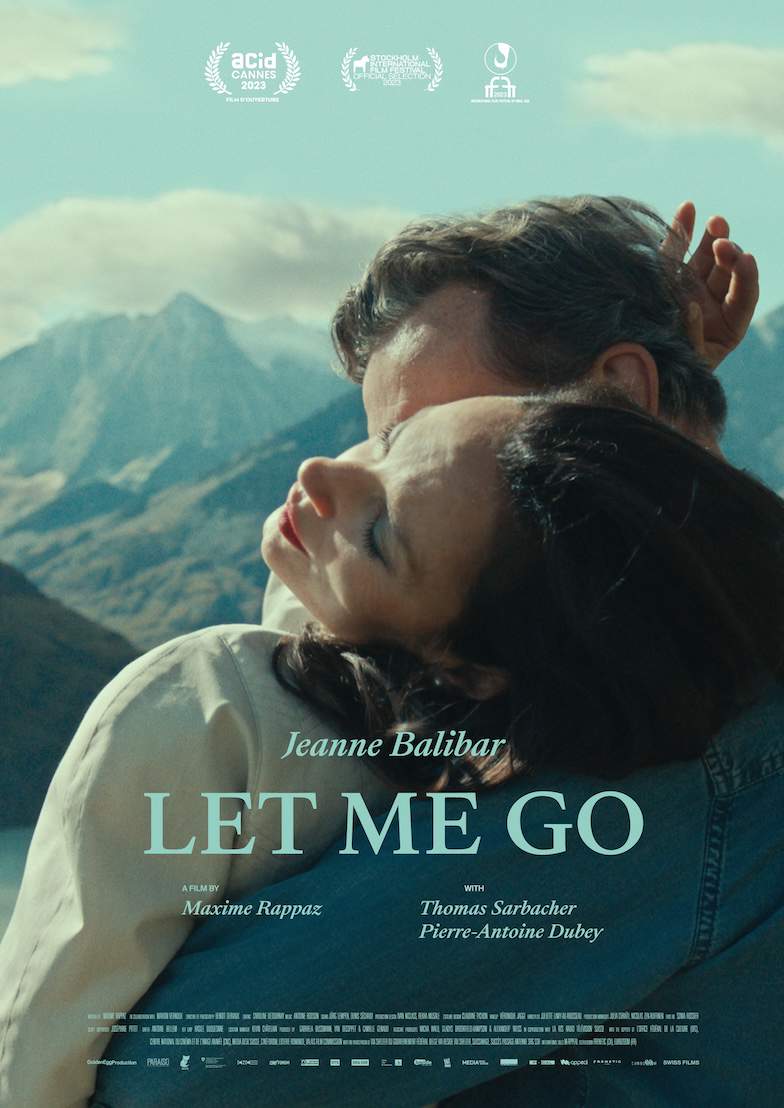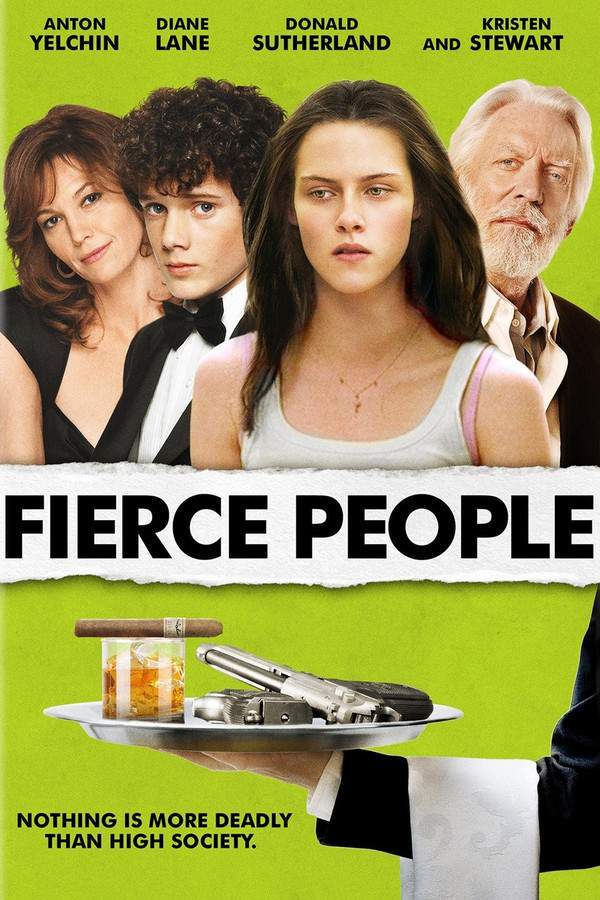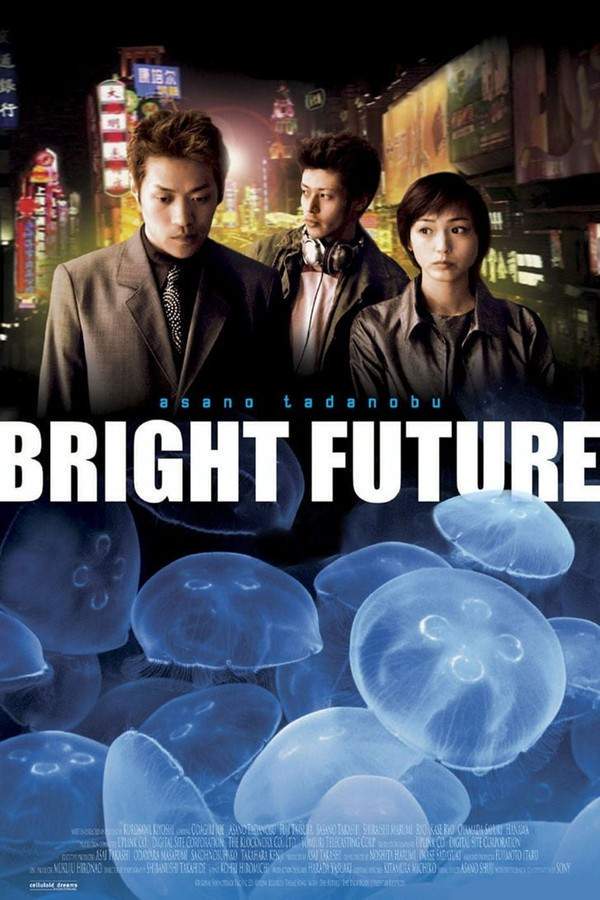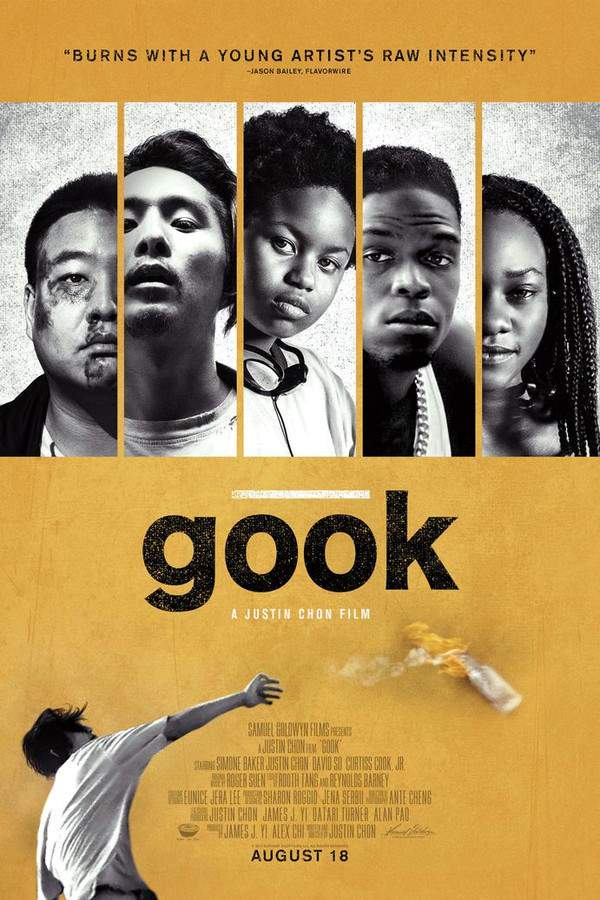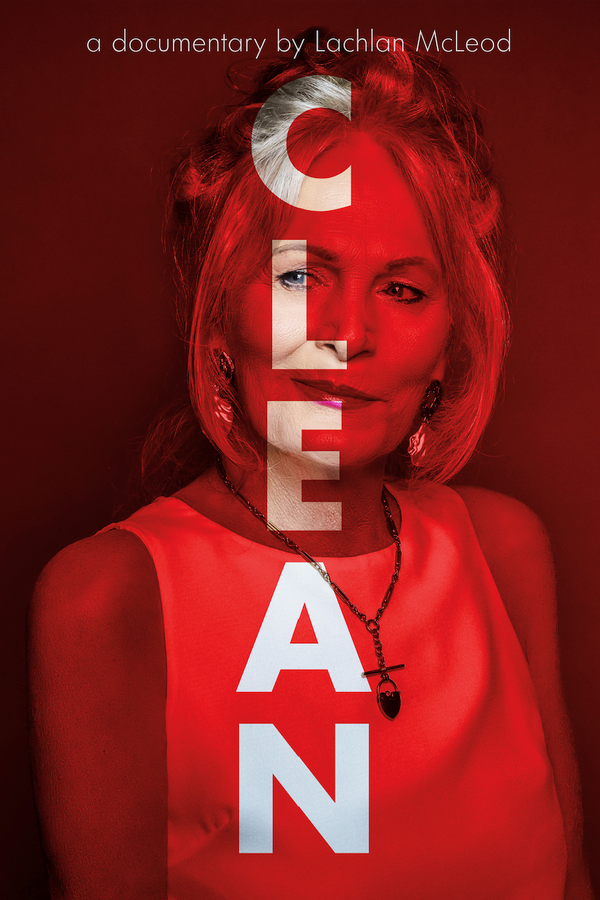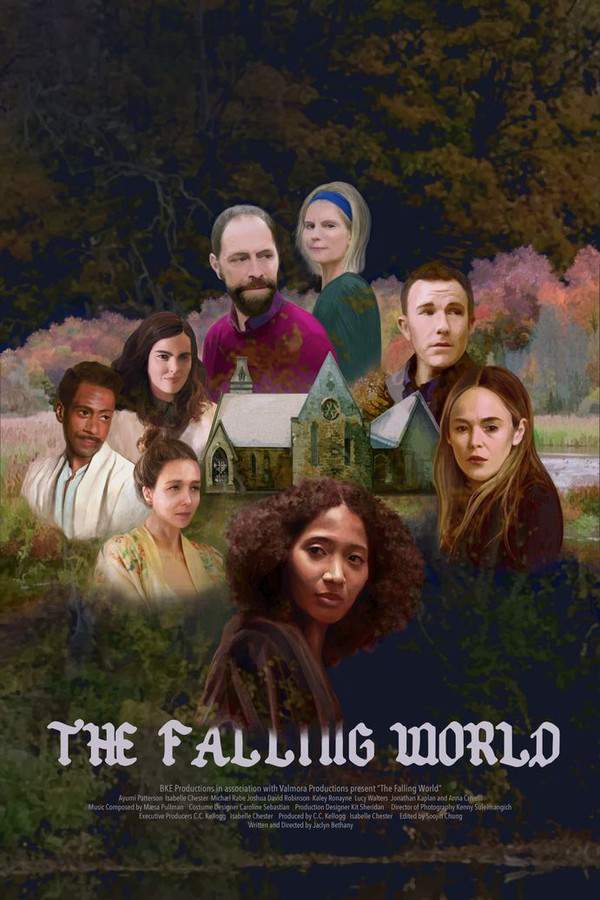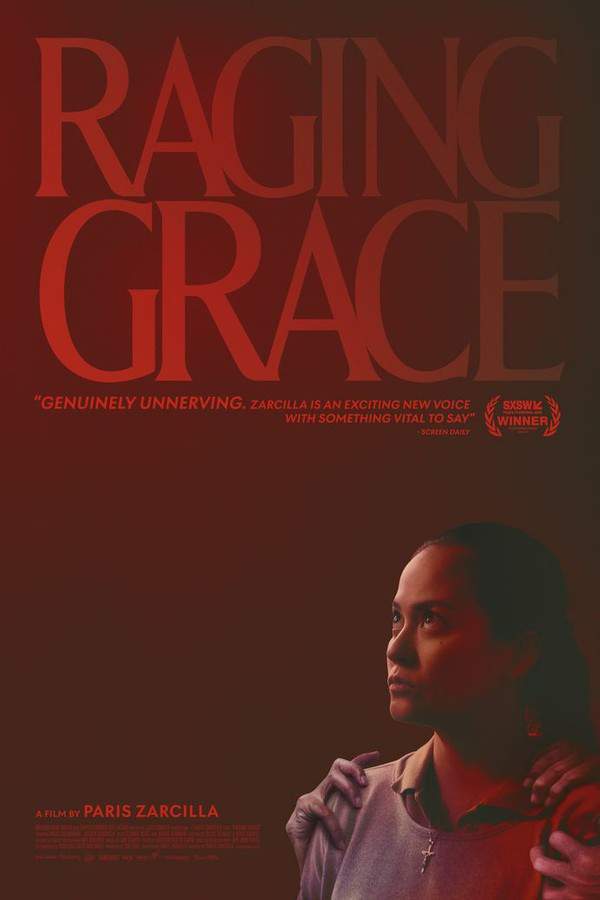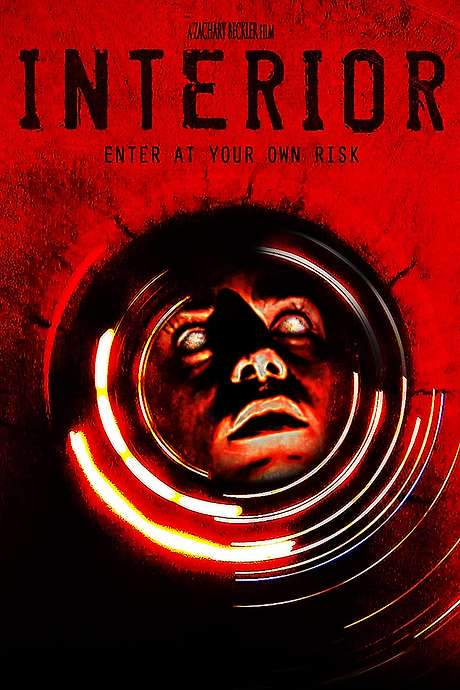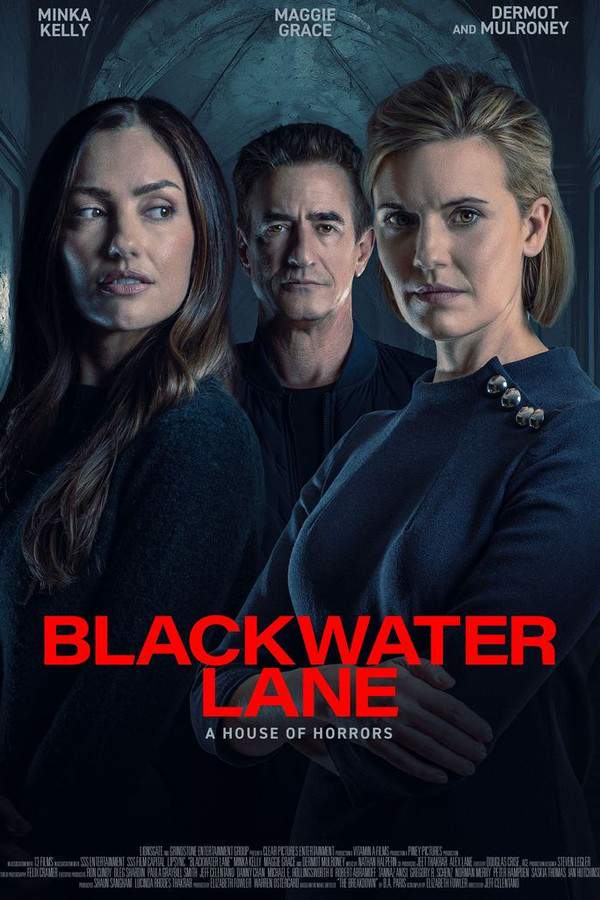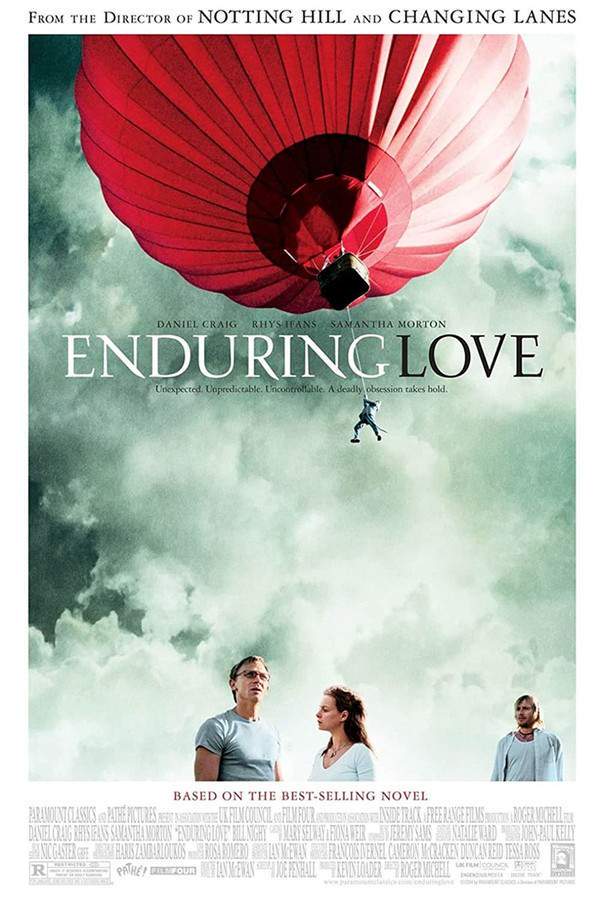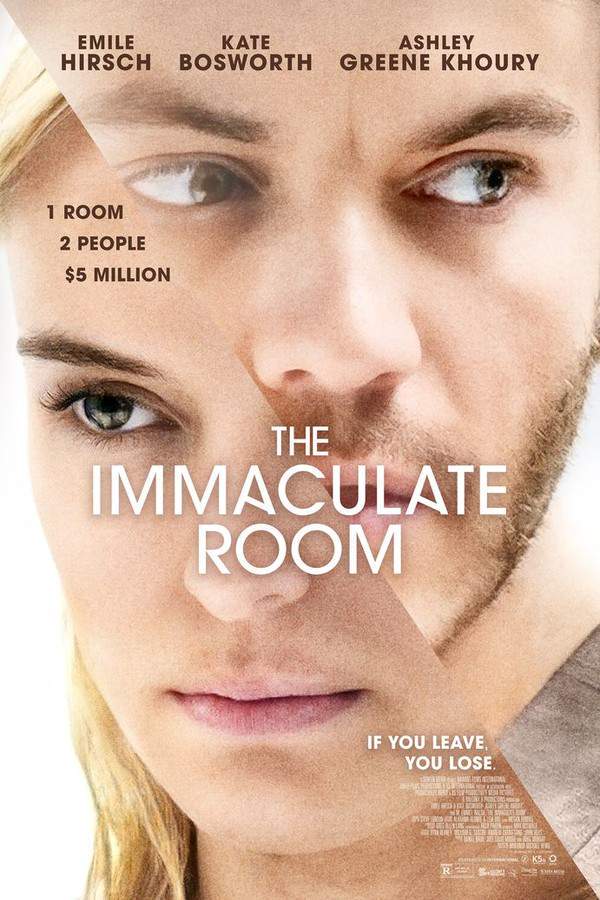
Cast No Shadow
Year: 2014
Runtime: 85 mins
Language: English
Director: Christian Sparkes
One wild and tumultuous summer in the life of young Jude Traynor as he attempts to navigate his way through a life of delinquency and petty crime.
Warning: spoilers below!
Haven’t seen Cast No Shadow yet? This summary contains major spoilers. Bookmark the page, watch the movie, and come back for the full breakdown. If you're ready, scroll on and relive the story!
Cast No Shadow (2014) – Full Plot Summary & Ending Explained
Read the complete plot breakdown of Cast No Shadow (2014), including all key story events, major twists, and the ending explained in detail. Discover what really happened—and what it all means.
Set in Newfoundland, Cast No Shadow centers on 13-year-old Jude Traynor, a boy whose days are shaped by a tense, often painful dynamic with his father and by the eerie presence of a local elder who will soon reveal more than anyone suspects. The film opens with a perilous climb along a cliff where Jude and his best friend Ricky hunt for a rumored troll in a cavern. Their courageous moment turns sour when a sharp argument erupts, and Jude pushes Ricky off the edge, leaving him with a broken leg. The act reshapes their small circle: Ricky’s father—Angus—answers with cold shunning, casting a pall over Jude’s world and setting a pattern of fear and secrecy that threads through the days that follow.
As night falls, Jude roams the woods and encounters an old woman who is later understood to be named Alfreda, a presence that will become central to his understanding of his own past. Before returning home, Jude and Angus slip into the role of drug couriers, delivering illegal substances to houses in the neighborhood. A misstep in a drop-off earns Jude a harsh rebuke from Angus, who remains stern and distant. On Jude’s birthday, the house feels heavy with unspoken losses, and it becomes clear that Angus is a widower, carrying burdens that color every decision he makes.
Back at home, Jude retreats to a basement that becomes a sanctuary of stolen treasures. In a chest he stores items he’s taken, all spray-painted gold, while shelves line the walls with books that hint at a life bigger than the one he is living. This private cache underscores Jude’s longing for value, escape, and a sense of control in a world that often feels out of reach.
The following day unfolds with a mix of small victories and quiet reckonings. Jude attends a court hearing regarding his father alongside Nancy, a friend who becomes an anchor in his life. He manages to repair the fragile tie with Ricky, a moment of reconciliation that offers a brief, fragile relief. Yet the day’s strange arc continues as the old woman reappears in his thoughts, a figure who unsettles him and who he comes to learn is more complex than he first believed.
Alfreda’s role in Jude’s life grows clearer as the narrative deepens. He learns that his mother died in childbirth and that Alfreda herself delivered him, a revelation that recasts his understanding of his origins and the quiet shadows that have followed him since birth. The film maps the evolution of Jude’s relationship with three key figures—[Angus], Alfreda, and Nancy—each shaping his choices and evoking questions about family, loyalty, and belonging.
Conflict peaks when Angus faces legal trouble again, forcing Jude to live with Alfreda, whose steady, if unconventional, care begins to fill a void left by his father’s volatility. In this period, Jude pieces together fragments of his past, connecting the dots between his mother’s death and the life he now leads. The tension rises to a breaking point when a schoolyard betrayal steals the drugs meant for his father, prompting Jude to run away in fear and confusion.
In a brutal, final confrontation, Angus tracks Jude to Alfreda’s home, and violence erupts. Alfreda intervenes, and in a shocking moment she kills Angus with a stabbing blow, ending the threat that has haunted Jude for years. Fear gives way to a new kind of resolve as Jude flees once more, racing to the cavern where he and Ricky first sought out the troll. This time, he enters the cave, and as he steps inside, the walls seem to reflect the change within him. The story closes on Jude standing before the cave wall, a young life faced with a transformed lens on the world, marked by loss, realization, and the dawning sense that his past—and the people who shaped it—will never be the same.
The film’s stark, grounded atmosphere—its wintry Newfoundland landscape, the tension between duty and longing, and the bittersweet revelations about family bonds—linger after the screen goes dark, inviting viewers to consider how a single moment of fear or betrayal can redefine a life and alter the way someone sees the world.
Last Updated: October 09, 2025 at 16:04
Explore Movie Threads
Discover curated groups of movies connected by mood, themes, and story style. Browse collections built around emotion, atmosphere, and narrative focus to easily find films that match what you feel like watching right now.
Gritty Coming-of-Age Dramas like Cast No Shadow
Stories of young protagonists navigating harsh realities and painful self-discovery.If you liked the raw, emotional journey of Cast No Shadow, explore more movies like it. This section features similar coming-of-age stories with heavy emotional weight, dark tones, and protagonists facing difficult truths in oppressive environments.
Narrative Summary
The narrative pattern follows a young character, often isolated or marginalized, as they confront the grim aspects of their world—be it family secrets, poverty, or loss. The journey is typically internal, focused on a painful but crucial awakening, and rarely offers simple solutions or happy endings.
Why These Movies?
These films are grouped by their shared focus on the raw, unglamorized side of growing up. They possess a melancholic and atmospheric mood, a steady, deliberate pace that allows for character depth, and a consistently high emotional intensity driven by difficult themes.
Atmospheric Psychological Thrillers similar to Cast No Shadow
Where tension builds not from action, but from mood, memory, and internal dread.Discover movies with a similar vibe to Cast No Shadow. If you appreciated its tense, oppressive atmosphere and psychological depth, this list features other thrillers that prioritize mood and emotional weight over fast-paced action.
Narrative Summary
Stories in this thread unfold with a steady, often slow-burn pace, allowing the environment and the characters' internal states to generate suspense. The central conflict is frequently internal or interpersonal, involving grief, guilt, or hidden truths that gradually surface, leading to a climactic, often ambiguous, reckoning.
Why These Movies?
These films are united by their mastery of mood. They share a high-tension, somber atmosphere, a deliberate pacing that builds psychological unease, and a narrative complexity that stems from character psychology rather than convoluted plots. The experience is immersive and emotionally draining.
Unlock the Full Story of Cast No Shadow
Don't stop at just watching — explore Cast No Shadow in full detail. From the complete plot summary and scene-by-scene timeline to character breakdowns, thematic analysis, and a deep dive into the ending — every page helps you truly understand what Cast No Shadow is all about. Plus, discover what's next after the movie.
Cast No Shadow Timeline
Track the full timeline of Cast No Shadow with every major event arranged chronologically. Perfect for decoding non-linear storytelling, flashbacks, or parallel narratives with a clear scene-by-scene breakdown.

Characters, Settings & Themes in Cast No Shadow
Discover the characters, locations, and core themes that shape Cast No Shadow. Get insights into symbolic elements, setting significance, and deeper narrative meaning — ideal for thematic analysis and movie breakdowns.

Cast No Shadow Spoiler-Free Summary
Get a quick, spoiler-free overview of Cast No Shadow that covers the main plot points and key details without revealing any major twists or spoilers. Perfect for those who want to know what to expect before diving in.

More About Cast No Shadow
Visit What's After the Movie to explore more about Cast No Shadow: box office results, cast and crew info, production details, post-credit scenes, and external links — all in one place for movie fans and researchers.




